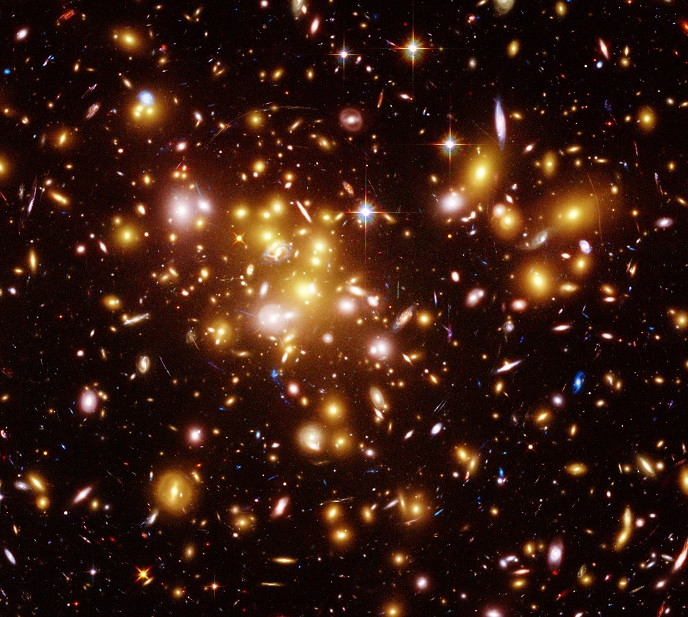New galaxy cluster simulations lift the veil on important mysteries of galaxy formation
Modern astrophysics revolves around two essential means: observation – which has always been at the heart of the discipline – and theoretical interpretations. These are very interdependent: Observations tell scientists about the state of the universe at a certain point in time, and they can be fed into models and simulations lifting the veil on its evolution. In some cases, however, available simulations fall short of expectations. Let’s take the case of galaxy clusters – a collection of galaxies living in very dense associations. The state-of-the-art ‘EAGLE’ simulation, which is ideal for reproducing isolated galaxies in detail, fails to consider massive clusters. A uniform simulation such as EAGLE would have to model an unfeasibly large volume of data to include a massive cluster. Dr Bahé, first as Postdoc at the Max Planck Institute for Astrophysics in Garching, Germany, and now at the University of Leiden, has set himself the goal of overcoming these difficulties. In 2017, he and other researchers presented, for the first time, the results of so-called ‘Hydrangea’ simulations – a spin-off project based on EAGLE. “The idea is to carefully select a region where a galaxy cluster has formed within a very large, low-resolution simulation, and then simulate only this region at the required high resolution. This is still computationally challenging – the simulation had to be run on one of the largest supercomputers in Germany – but it was a success. Hydrangea simulations have now proven their worth as tailor-made tools for studying the formation and evolution of galaxy clusters,” Dr Bahé explains. The ClusterGal (Investigating the mechanisms that shape galaxies in and around massive clusters) project builds upon this new suite of simulations to crack the secrets of galaxy clusters. Besides the simulations themselves, Dr Bahé has developed specific tools for their analysis. One example of such a tool is a code allowing detailed reconstructions of individual galaxies’ history as they interact with others within the same cluster. “There are several points that became clear through this analysis. First, the simulations are not perfect and go against observational measurements in some aspects. For example, although most of the galaxies have formed the expected number of stars in the simulations, the most massive, central galaxy clusters are too massive by a factor of ~3 compared to what is measured from observations,” says Dr Bahé. Another inaccuracy is related to cluster outskirts and even galaxies further inside the cluster, which appear to undergo a stronger suppression of their star formation than that observed. This may indicate that current star formation models need revising, or that fundamental aspects of the real Universe are still missing from the simulations. “One key finding from the project is how galaxies are much less likely to be disrupted in a cluster than previously thought. A lot of a galaxy’s dark matter is stripped by tidal forces as it falls into a cluster (which was known before), but a significant number of stars in the galaxy’s centre almost always survive. This means that, in a statistical sense at least, we can compare observed cluster galaxies at higher redshift (long lookback times) and in the local Universe, to infer how the overall galaxy populations evolve,” Dr Bahé enthuses. Fundamentally, ClusterGal’s results confirm that galaxy clusters are directly influenced by their environment. This finding is likely to lead to follow-up studies, as galaxy clusters are essential pieces in solving the galaxy formation puzzle. As Dr Bahé points out: “cluster galaxies are special, and without understanding how they became so, our picture of galaxy formation is necessarily incomplete.” This research was undertaken with the support of the Marie Skłodowska-Curie programme.
Keywords
ClusterGal, galaxy clusters, galaxy formation

